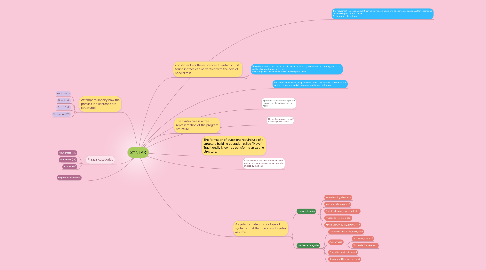SYNTAX
por nurmeida urwani


1. Preposition phrase (PP)
2. Phrasal categories
2.1. Noun phrase (NP)
2.2. Verb phrase (VP)
2.3. Sentence (S)
3. Attempt to specify how the phrases in a sentence are structured.
3.1. NP -- Art N
3.2. PP -- P NP
3.3. S -- NP VP
3.4. Verb phrase (VP)
4. Specifiers: aspect within a phrase depands on the category of the head.
5. Head: the nucleus around which a phrase is built.
6. The coordination test: a group of words forms a constitution like and, or, but. ex: the children stopped at the corner and looked both ways.
7. The formation of questions require use of a structure building operation called "Move". Traditionally known as transforms an exiting structure.
8. The movement test: a constituent can be moved as a single unit to a different position within a sentence. ex: They stopped at the corner At the corner, they stopped.
9. Complements: provide information about entities and locations whose exixtence is implied by the head.
10. A syntactic category is a type of syntactic unit that theories of syntax assume.
10.1. Lexical categories
10.1.1. Noun (boy, dog, desk, etc).
10.1.2. Verb (run, talk, jump, etc.)
10.1.3. Adjective (happy, brave, short, etc.)
10.1.4. Preposition (to, in, on, etc.)
10.1.5. Adverb (slowly, quietly, always, etc.)
10.2. Non lexical categories
10.2.1. Determiner (the, a, this, these, etc.)
10.2.2. Auxiliary verb
10.2.2.1. Modal (will, can, etc.)
10.2.2.2. Non modal (be have, etc.)
10.2.3. Conjuction (and, but, or,etc.)
10.2.4. Degree word (too, so, very, etc.)
